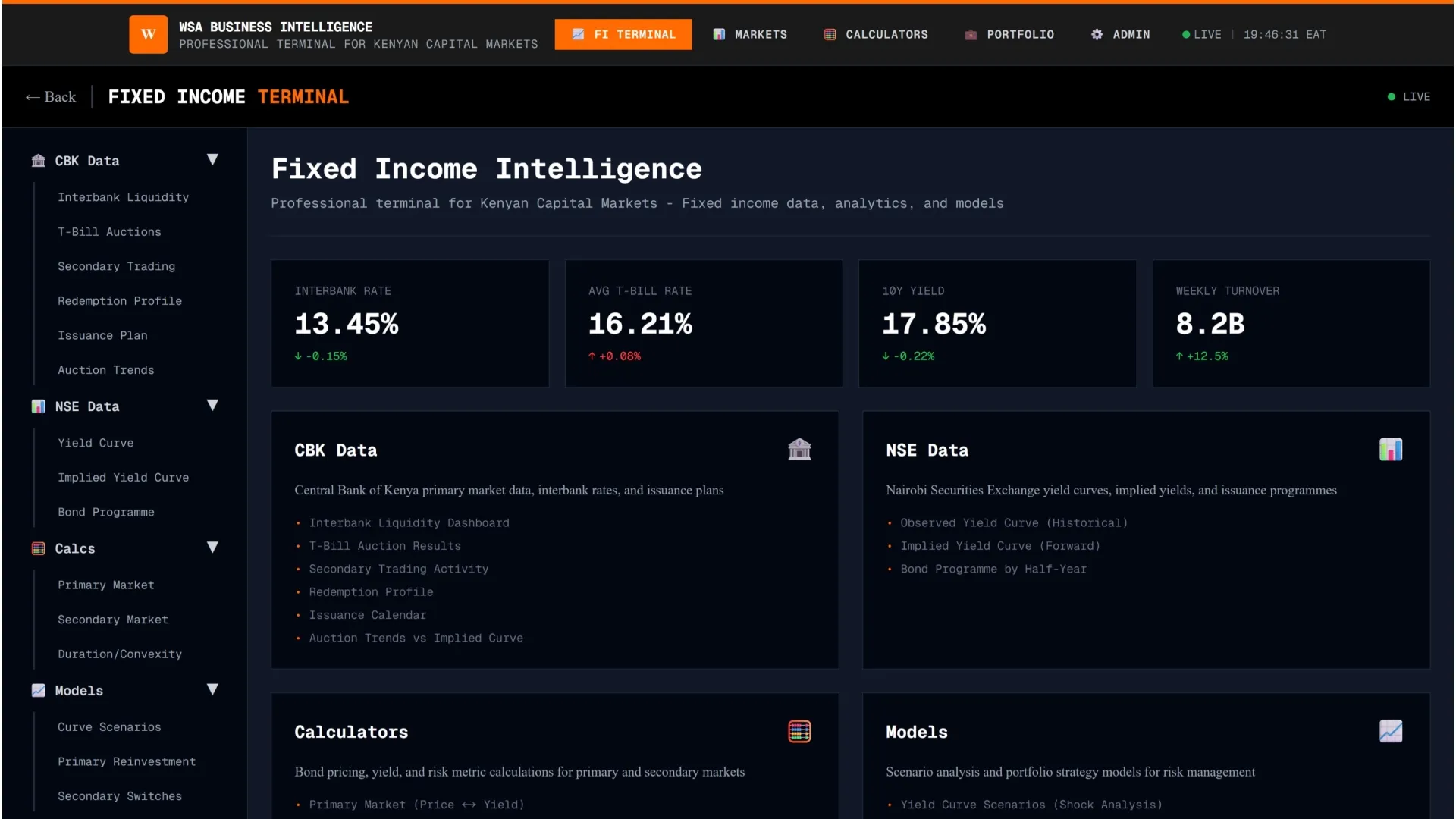In a new report, the 2023/24 Kenya Household Survey (KHS) data reveals a stark digital socioeconomic divide in the adoption of smart home technologies across the country.
- •The findings highlight that income, housing tenure, dwelling type, and electricity access are major determinants of who can access and utilize these emerging technologies.
- •The joint report by Kenya National Bureau of Statistics and Communications Authority of Kenya indicates that smart home technologies, such as smart lighting, security systems, door locks, and CCTV, are almost exclusively adopted by higher-income households.
- •7.7% of the highest-income households reported having smart security systems, a stark contrast to the mere 0.3% reported in the lowest-income households.
“The increasing integration of ICTs into daily life, ranging from mobile phone use and internet access to the adoption of smart home technologies has profound implications for development, service delivery, and quality of life. In this context, understanding how ICTs are distributed and utilized across different population groups and geographic regions is essential for promoting inclusive growth and digital equity,” said McDonald Obudho, Director General, Kenya National Bureau of Statistics.
Beyond income, the report identifies housing tenure-ship as a key factor. Households that pay rent or lease their dwellings showed the highest levels of internet connectivity (54.7%) and smart technology adoption. This group recorded the highest uptake of CCTV (7.4%) and smart security systems (3.1%), suggesting better affordability and infrastructure access in rented, often urban, settings. Conversely, households that own their homes showed lower internet connectivity (27.1%), while squatter households had minimal access to both internet and digital devices.
Dwelling type also plays a crucial role. Households living in modern housing, such as flats/apartments (71.8%) and maisonettes (67.9%), reported significantly higher internet connectivity compared to those in traditional homes like shanties and manyattas, where adoption was minimal.
Electricity access remains a foundational enabler for digital inclusion. While 66.0% of households nationally have electricity, a significant urban-rural gap persists, with 92.7% of urban households connected compared to only 49.2% in rural areas. Among electrified households, smart technology adoption remains limited, but a clear urban-rural divide is evident. Urban households with electricity were more likely to have smart security systems (4.4%) and CCTV (9.0%), while adoption in rural areas was significantly lower.
“These findings provide a clear roadmap for policymakers aiming to bridge the digital divide,” noted David Mugonyi, Director General, Communications Authority of Kenya. “Addressing disparities in income, housing, and infrastructure is essential to ensure that the benefits of smart home technologies are accessible to all Kenyans, not just a privileged few.”
The report suggests that future initiatives should focus on improving electricity infrastructure in rural areas, promoting affordable access to digital devices, and developing policies that support the widespread adoption of smart technologies.




